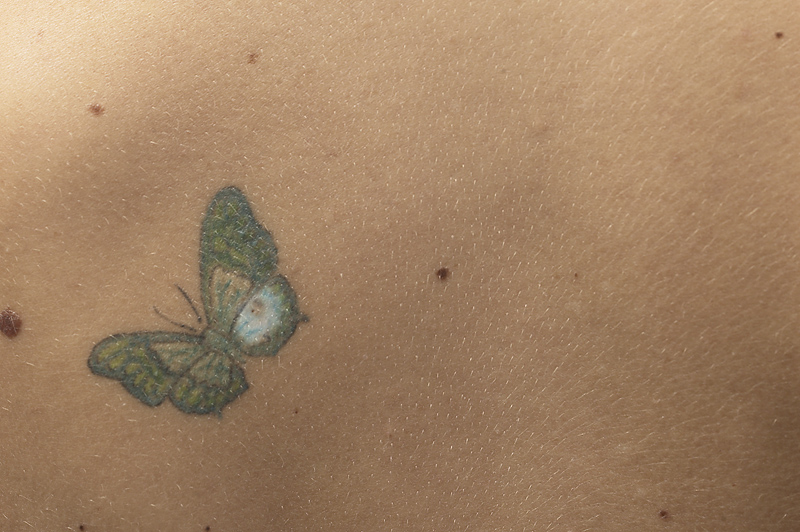
MONDAY, May 16 (HealthDay News) — When general doctors refer patients to a specialist to investigate a suspicious skin lesion, it’s more often another lesion that turns out to be cancerous, a new study finds.
The findings suggest non-dermatologists might benefit from increased education on skin cancer detection, the study authors said.
“We were very surprised to see the very high number of incidentally detected skin cancers,” said study author Dr. Daniel G. Federman, a professor of medicine at Yale University School of Medicine in New Haven, Conn. “However, when we thought about it, we were not surprised that having one suspicious lesion may be a marker of an increased rate of skin cancer elsewhere. Medicine has known for quite some time that having one skin cancer is a risk factor for the development of future skin cancers.”
Using medical records of 400 patients referred by a non-dermatologist to the dermatology service at Veterans Affairs Connecticut Health System, researchers analyzed the proportion of suspicious lesions identified by non-dermatologists that were found to be malignant compared to lesions first noticed at the dermatology exam.
Only 22 percent of the patients had a so-called index lesion — the lesion that prompted the referral to a dermatologist — that tested positive for cancer, the study said. But 55 percent of an additional 111 biopsied lesions not noticed during the general doctors’ initial exams were malignant.
“It is possible that with the multitude of tasks needing to be performed in primary care, full-body skin examinations may be omitted or not stressed,” Federman said.
Skin cancer is the most common malignancy in the United States, according to the Skin Cancer Foundation, with more than 3.5 million cases diagnosed each year in more than two million people.
The study, published May 16 in Archives of Dermatology, involved mostly white men, whose average age was about 78. Federman acknowledged that the narrow grouping may have been a limitation, since the elderly are more likely to develop skin cancer than younger people.
More than 220 of the 400 suspicious lesions (56 percent) that originally prompted a referral were considered non-cancerous by the dermatologist and required no biopsy. Eighty-eight of the 176 lesions needing biopsies tested positive for cancer, meaning only about one-fifth of initially questionable lesions were cancerous.
Nearly half of all skin cancers identified were not the referral lesion, the study said, while nearly 10 percent of the lesions discovered incidentally were melanomas, the most dangerous form of the disease, which account for 75 percent of skin cancer deaths.
Federman, also firm chief in primary care at VA Connecticut Healthcare System, noted that the study was not designed to determine whether the non-dermatologist performed a full-body skin examination looking for other cancers during the initial exam.
Federman and his team noted that teledermatology, the practice of diagnosing suspicious skin lesions using digital images, can be useful in geographic areas with few dermatologists or when a patient may be physically unable to visit a dermatologist.
But the study results suggest that patients with questionable lesions also should ideally receive a full-body examination by a dermatologist, he said.
“If a non-dermatologist finds one lesion on a patient that he or she is considering photographing for transmission, he or she should check other parts of the body and send multiple images — not feel limited to just one,” he said. “There are some non-dermatologists who do their own skin biopsies in the office . . . they should improve their diagnostic skills and either make sure they perform a thorough, full-body skin examination, and when possible refer to a dermatologist.”
Dr. Darrell S. Rigel, an educational spokesman for the Skin Cancer Foundation, said the study results are consistent with what he and most other dermatologists see on a daily basis — that many malignancies are detected only after a primary care physician has already screened a patient.
“This is not to disrespect any non-dermatologists,” said Rigel, also clinical professor of dermatology at New York University Langone Medical Center. “The reality is, we’re just experts at it because we do it every day. But obviously this is an important thing and if they can’t get the appropriate amount of education for this, it’s going to continue to happen.”
More information
The Skin Cancer Foundation publishes a comprehensive fact list about skin cancer.

